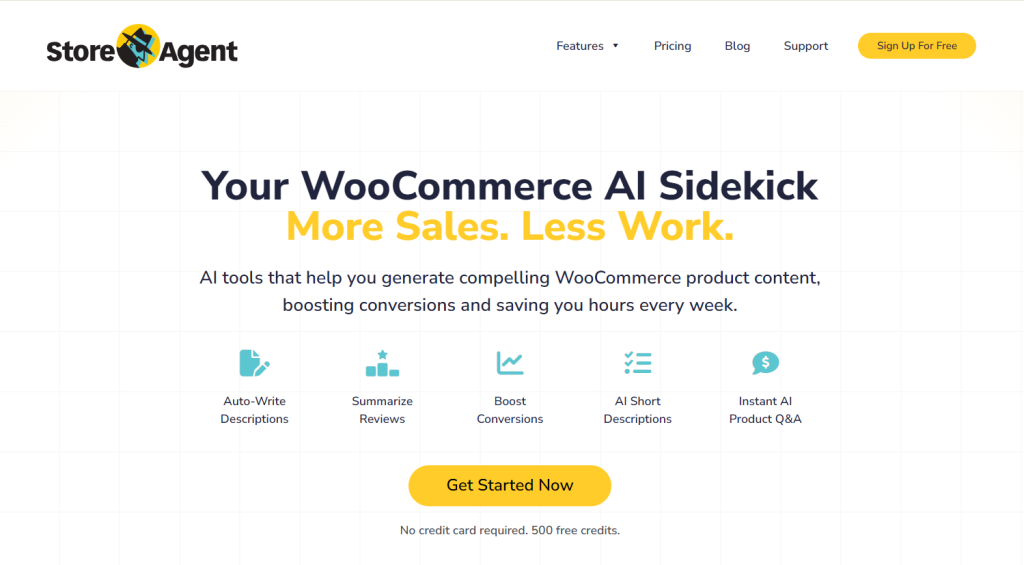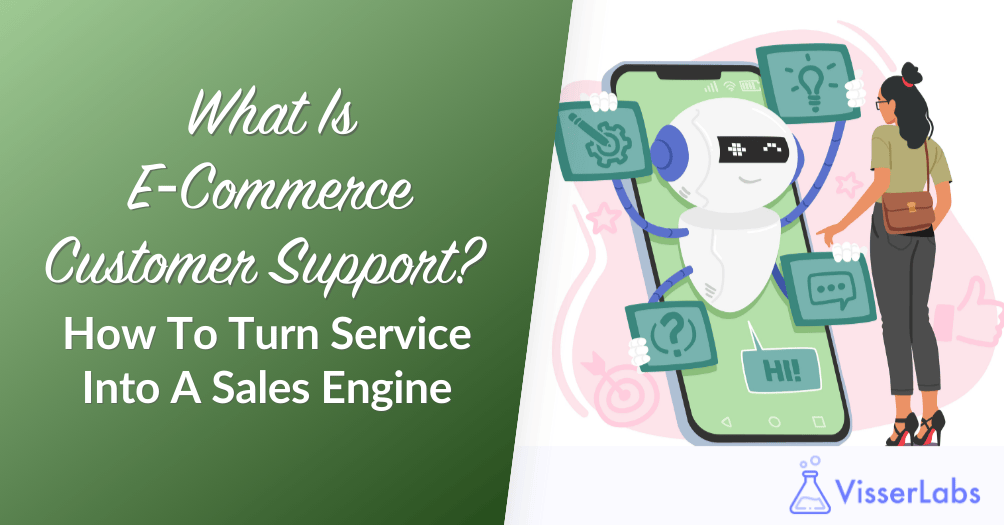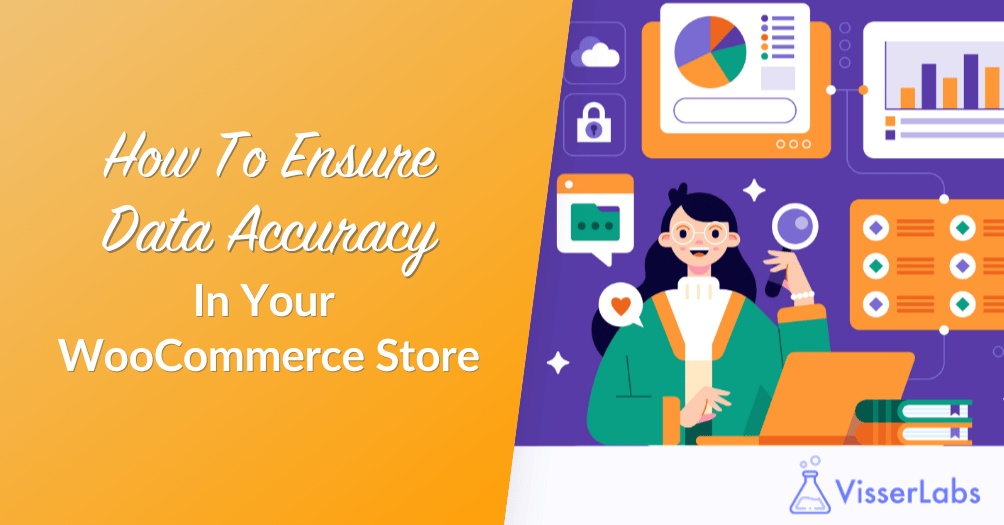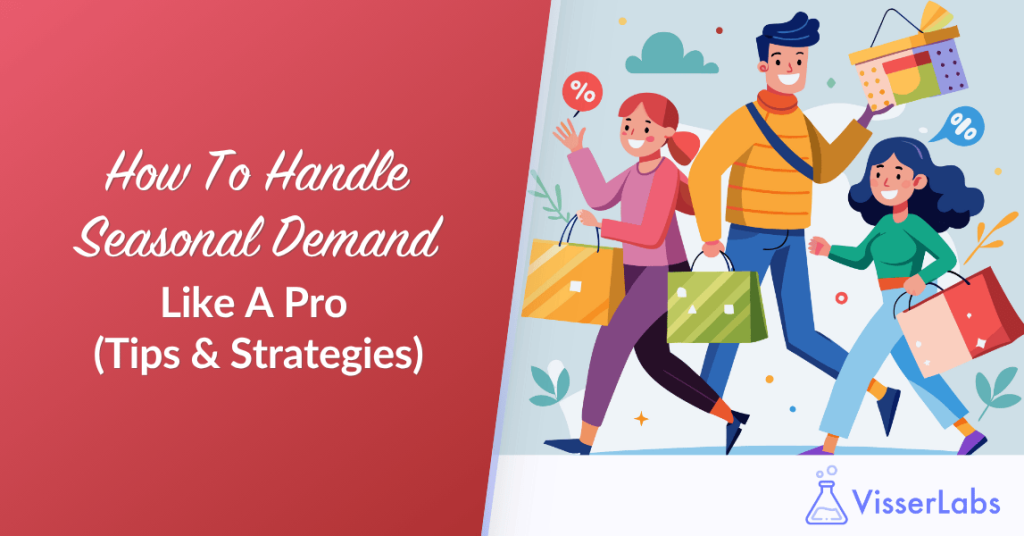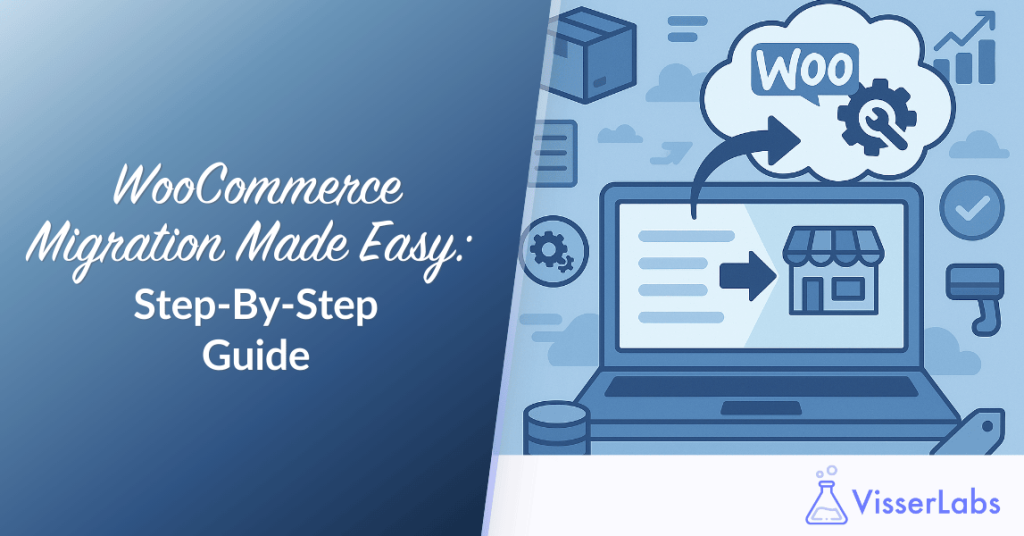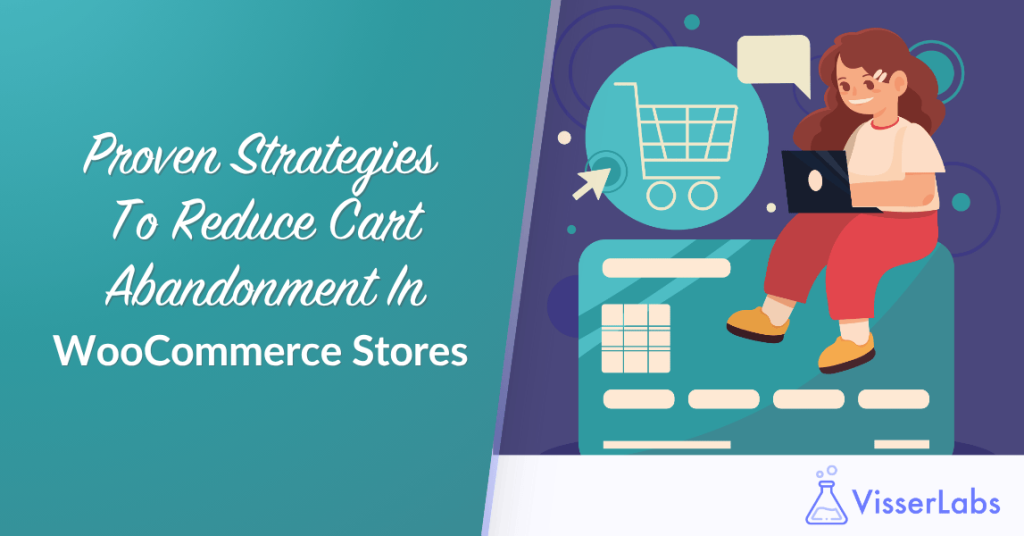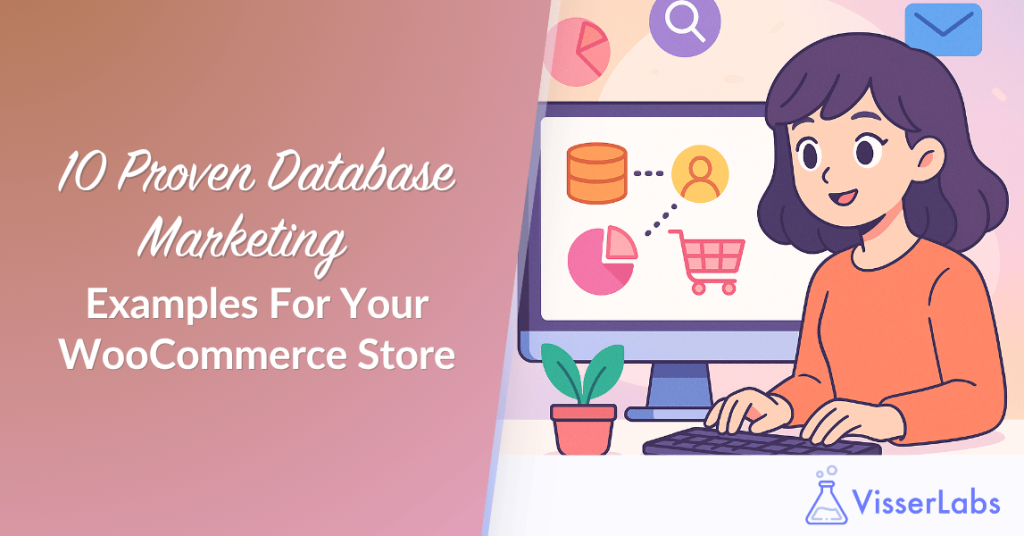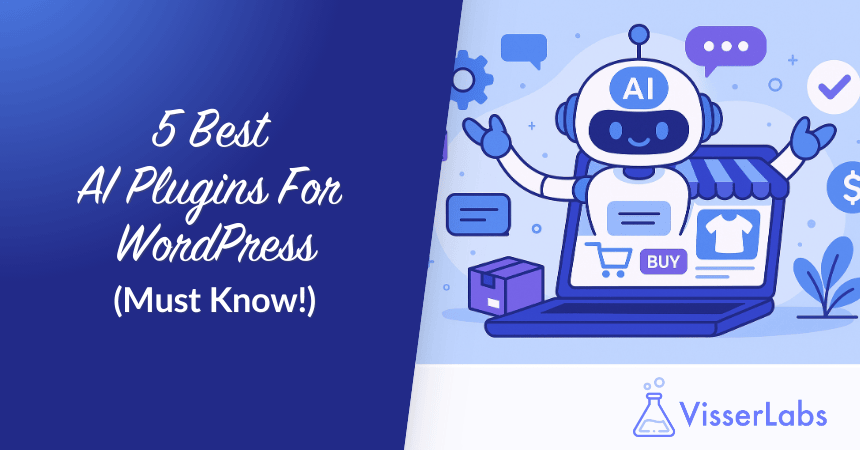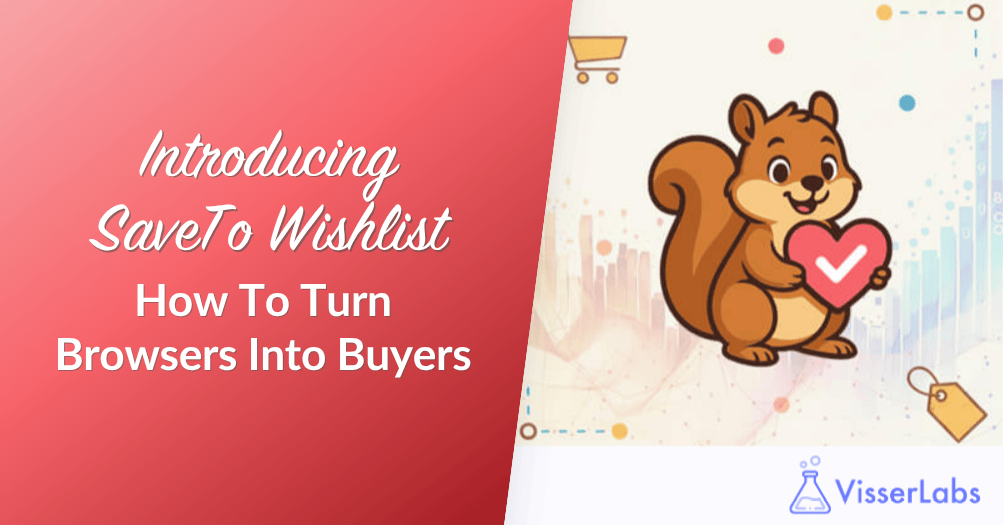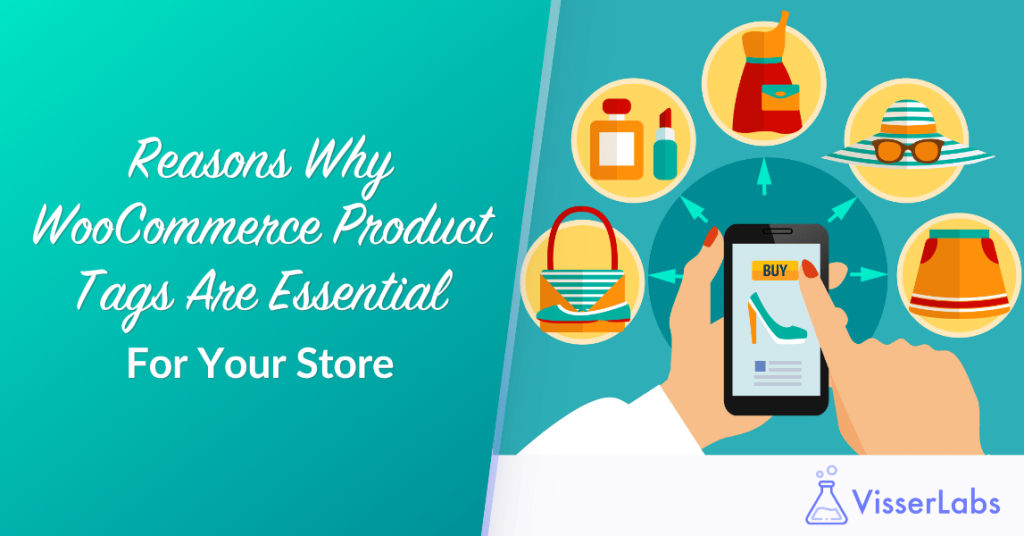
WooCommerce product tags offer a simple yet powerful way to organize your products. When used effectively, they improve product discoverability and simplify store navigation.
Additionally, product tags help search engines and internal filters connect customers to the items they’re most likely to buy. This makes them a key part of managing product data effectively.
In this article, you’ll learn what product tags are, why they matter, how to use them correctly, and how to automate tagging for better store performance.
What Are Product Tags In WooCommerce?
Product tags in WooCommerce are keywords or phrases assigned to individual products to describe their features or themes.
Unlike product categories, which are hierarchical, tags are flat and more specific. They allow you to connect related products across different categories.
For example, you can tag products with attributes like “eco-friendly,” “handmade,” or “gift idea.” These WooCommerce tags then appear on the product page and link to tag-based archive pages.
Tags improve both front-end filtering and internal search, helping shoppers discover products faster.
Why Are WooCommerce Product Tags Important?
WooCommerce product tags are essential because they improve product discovery, enhance search functionality, and support better site organization. They may look simple, but they can shape how users navigate your store and how your content appears in search engines.
Here are several reasons why product tags matter to WooCommerce store owners:
1. Help customers discover related products
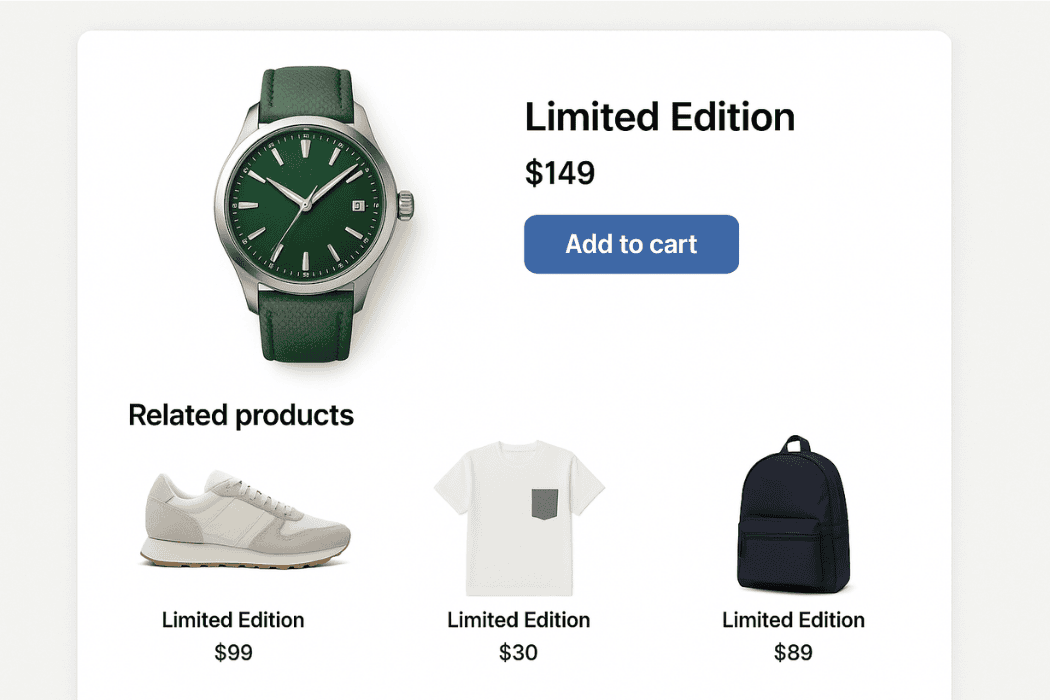
When you tag products with shared attributes—for example, terms like “reusable” or “limited edition”—you create helpful connections between related items.
Moreover, clicking a tag instantly shows all products with the same label. This encourages shoppers to explore more options, often leading to higher engagement and increased time spent on your site.
2. Improve internal search results
WooCommerce’s search function indexes product tags. So even if a keyword doesn’t appear in a product title, tagged items will still show up in the results. This is helpful for customers who use specific terms to find what they need.
3. Power smarter filtering and sorting
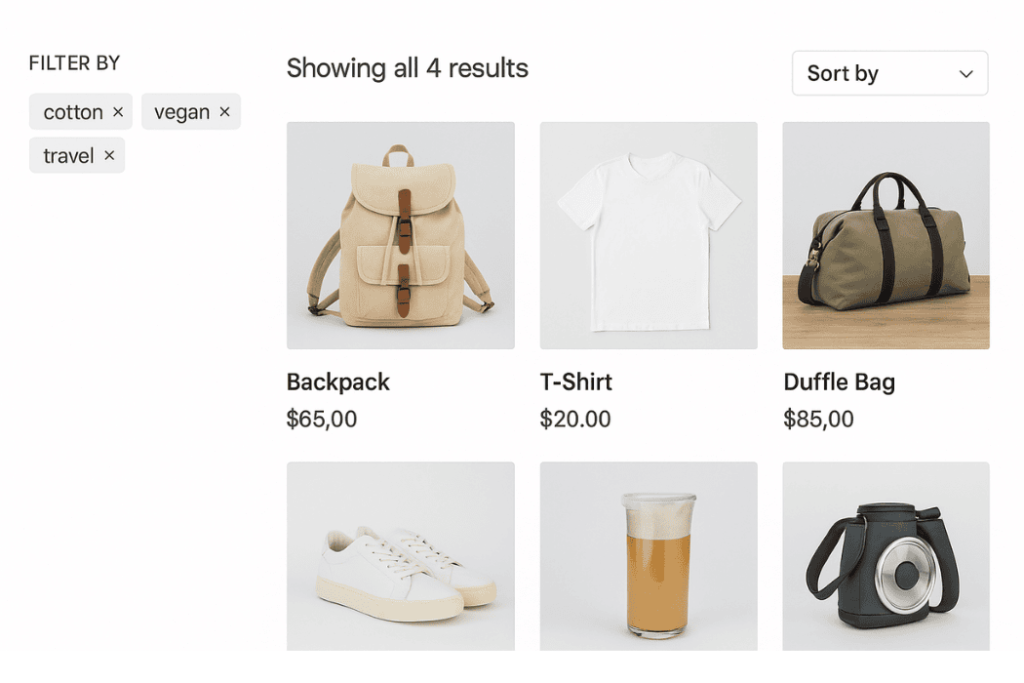
WooCommerce tags can improve navigation by allowing store owners to add tag-based filters to shop pages. These filters let customers browse based on material, intended use, or lifestyle preferences—such as “cotton,” “vegan,” or “travel.”
As a result, shoppers can narrow down choices faster and find products that match their needs more precisely.
4. Enhance SEO with tag archive pages
Each tag generates a dedicated archive page with its own URL. These pages can rank in search engines for long-tail keywords or product themes. For example, a well-maintained tag like “handmade pottery” may appear in search results, increasing your visibility.
5. Support merchandising and promotions
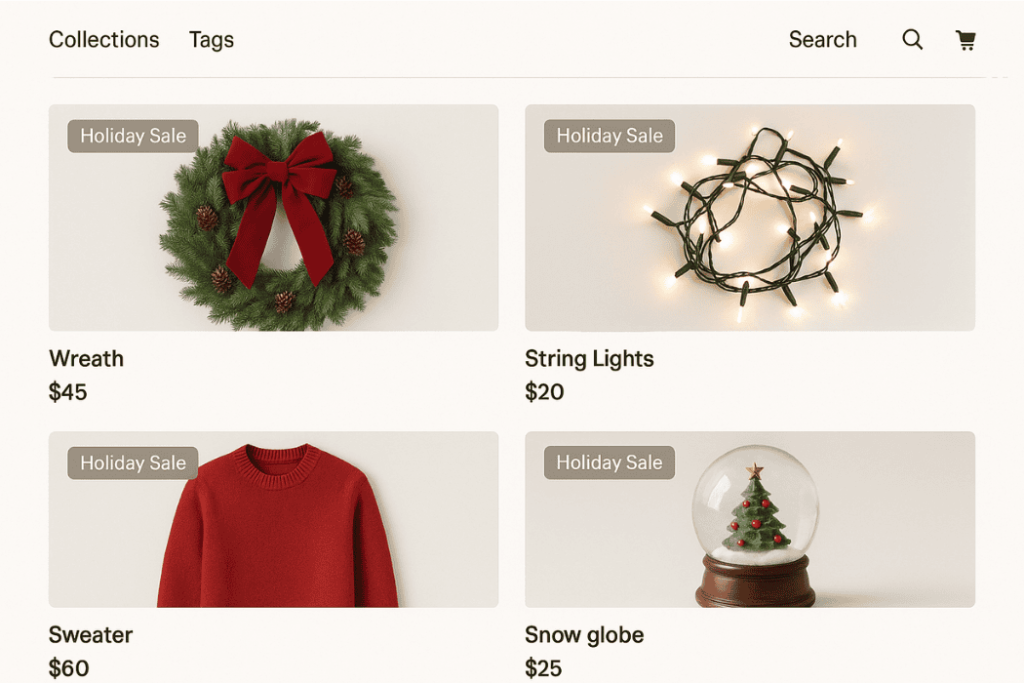
Tags make it easier to launch targeted sales campaigns by letting you group products quickly. For example, you can filter all “clearance” items using a specific tag and apply a discount instantly.
Additionally, you can tag seasonal items ahead of a holiday sale and adjust pricing or visibility for that entire group at once.
6. Aid in reporting and analysis
Product tags also support backend tasks. When exporting product data, tags allow you to group and analyze performance by theme or feature.
You can identify which tags drive more conversions or sales, and adjust your merchandising accordingly.
Product tags aren’t just for aesthetics. They play a key role in how WooCommerce products are organized and presented. When used thoughtfully, tags improve navigation and help shoppers find relevant products faster.
Now that you know their importance, let’s go over some best practices to help you tag products effectively.
Best Practices When Adding Product Tags
To get the most value from WooCommerce tags, use a structured and consistent approach when tagging your products.
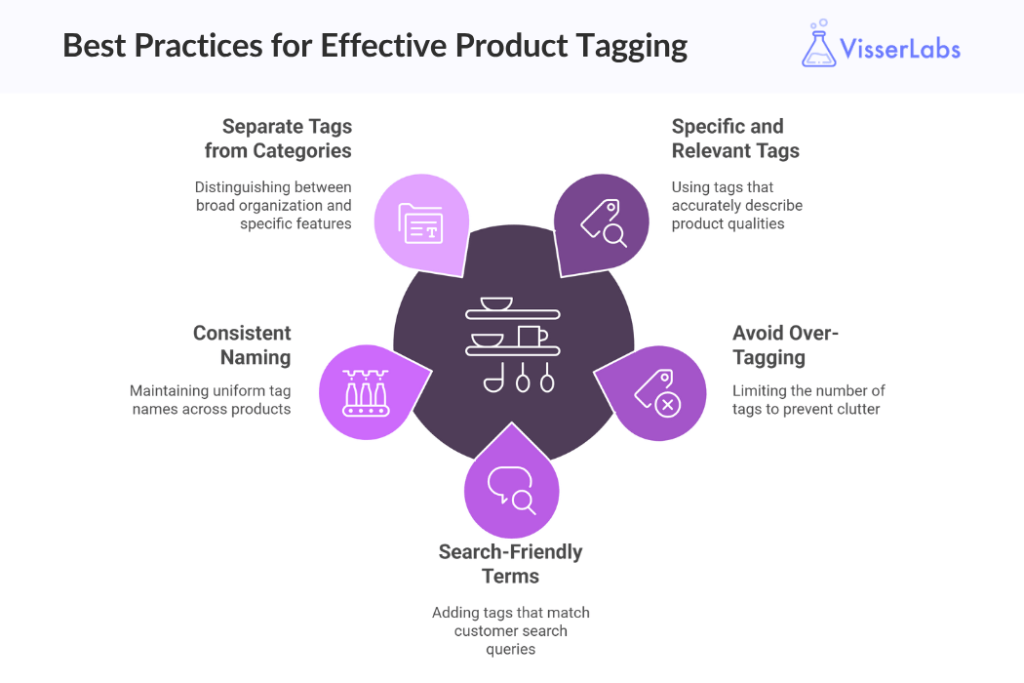
Follow these best practices:
- Be specific and relevant: Use tags that reflect the product’s qualities. E.g., “leather,” “zero waste,” or “kids.”
- Avoid over-tagging: Too many tags can clutter your site and confuse shoppers.
- Use search-friendly terms: Add tags that match what customers might search for.
- Keep naming consistent: Don’t mix singular/plural forms or spelling variations (e.g., “T-shirt” vs. “tshirts”).
- Separate tags from categories: Use categories for broad organization and tags for traits or features.
By adding product tags mindfully, you help your customers find what they want while improving your store’s internal logic.
How to Automate Product Tagging with StoreAgent
Manual tagging takes time and often leads to inconsistent results. That’s why it’s a best practice to use automated tools to save time and improve accuracy.
StoreAgent’s Product Tag Generator uses AI to scan product descriptions and titles, then suggests relevant tags based on content. This ensures that each product has optimized, searchable tags that reflect real customer queries.
Benefits include:
- Faster product tagging for large stores
- Improved consistency across product listings
- Reduced human error
It’s especially useful when uploading new inventory in bulk or reorganizing your catalog.
How To Export WooCommerce Product Tags For Analysis
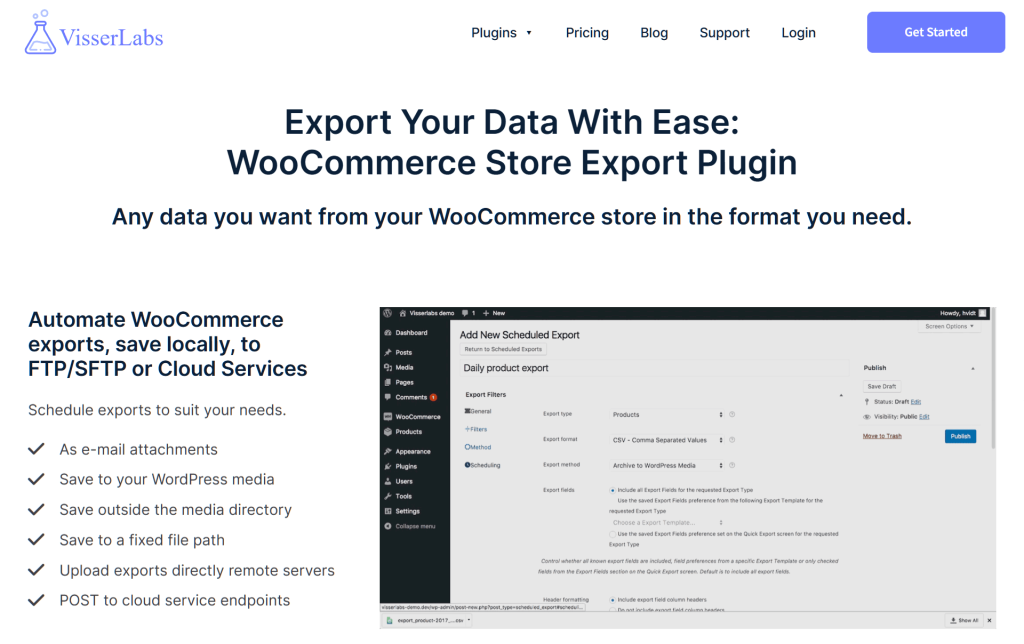
Store Exporter Deluxe makes it easy to export WooCommerce product tags along with your product data.
This is helpful if you want to audit your tags, improve their SEO value, or prepare for seasonal merchandising updates. Exporting tags also allows you to analyze how different themes and features impact performance across your catalog.
With Store Exporter Deluxe, you can:
- Export tags, categories, and product attributes in a few clicks
- Filter products by tag, type, or stock status to create focused reports
- Schedule recurring exports to automate WooCommerce data handling over time
For example, if you’re planning a summer sale, you can quickly export all products tagged with seasonal keywords and use that list to adjust pricing or visibility.
It’s one of the top WooCommerce data export tools for streamlining online retail operations and gaining better insight into your store’s tag performance.
💡 Bonus tip: If you’re syncing products between platforms, pair Store Exporter Deluxe with Product Importer Deluxe. It’s one of the best plugins for importing store data while keeping your product tags and categories intact.
Final Thoughts: Organize Smarter With Product Tags
WooCommerce product tags do more than label your products. They act as tools to guide customers toward relevant products, structure your catalog more logically, and improve how your site appears in search engine results.
To recap, here’s what you explored in this article:
- What product tags are in WooCommerce
- Why WooCommerce product tags matter
- Best practices for adding product tags
- Using StoreAgent to automate tagging
- Exporting tags with Store Exporter Deluxe
StoreAgent and Store Exporter Deluxe work together to automate WooCommerce data handling and improve how you manage product information. Explore our plans and features to find which works best for your store.
Frequently Asked Questions About WooCommerce Product Tags
Can I bulk add tags to WooCommerce products?
Yes, you can use the bulk edit function in the Products list or use tools like Product Importer Deluxe to apply tags in bulk.
Do product tags improve SEO?
Yes, if used properly. Each tag creates an indexable archive page that can rank in search engines. Just avoid thin or duplicate content.
Should I use both categories and tags?
Yes. Categories group products broadly, while tags highlight specific features or themes.
